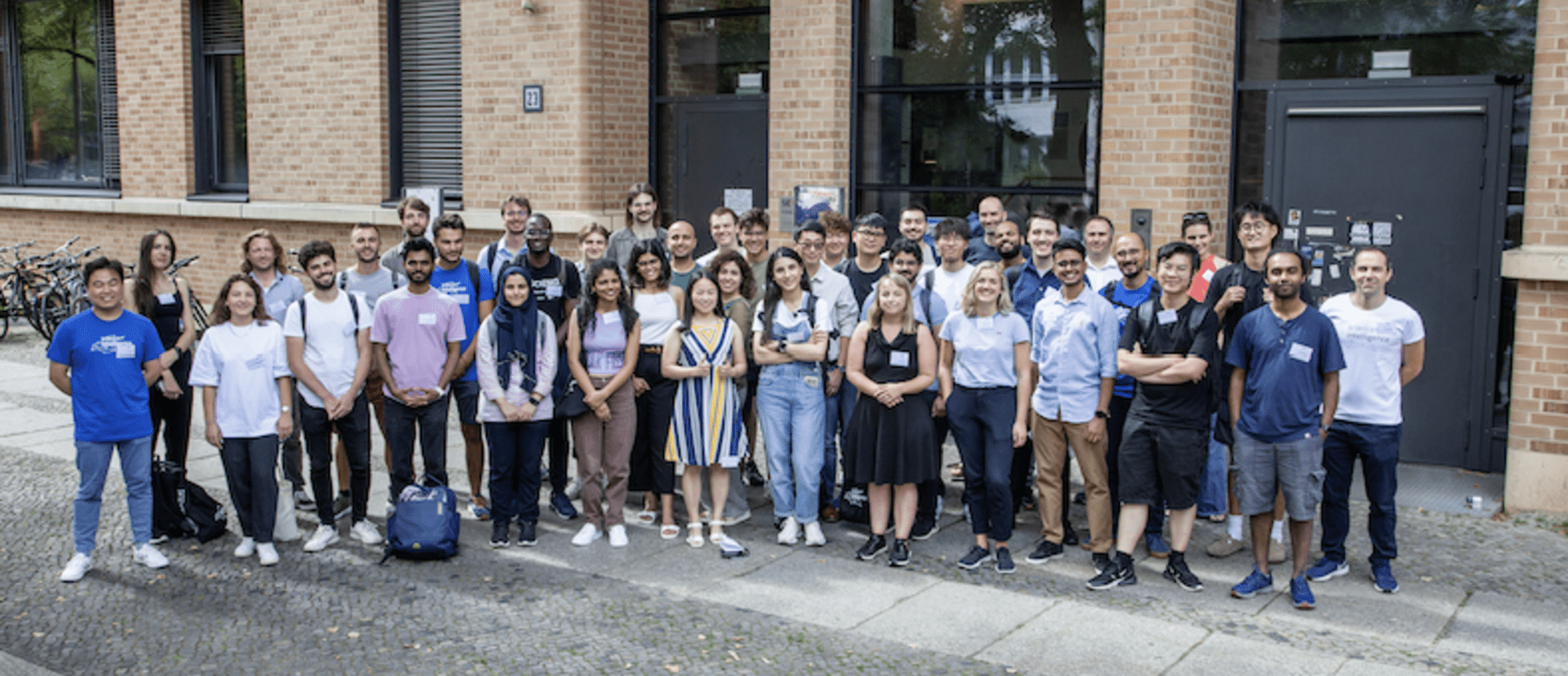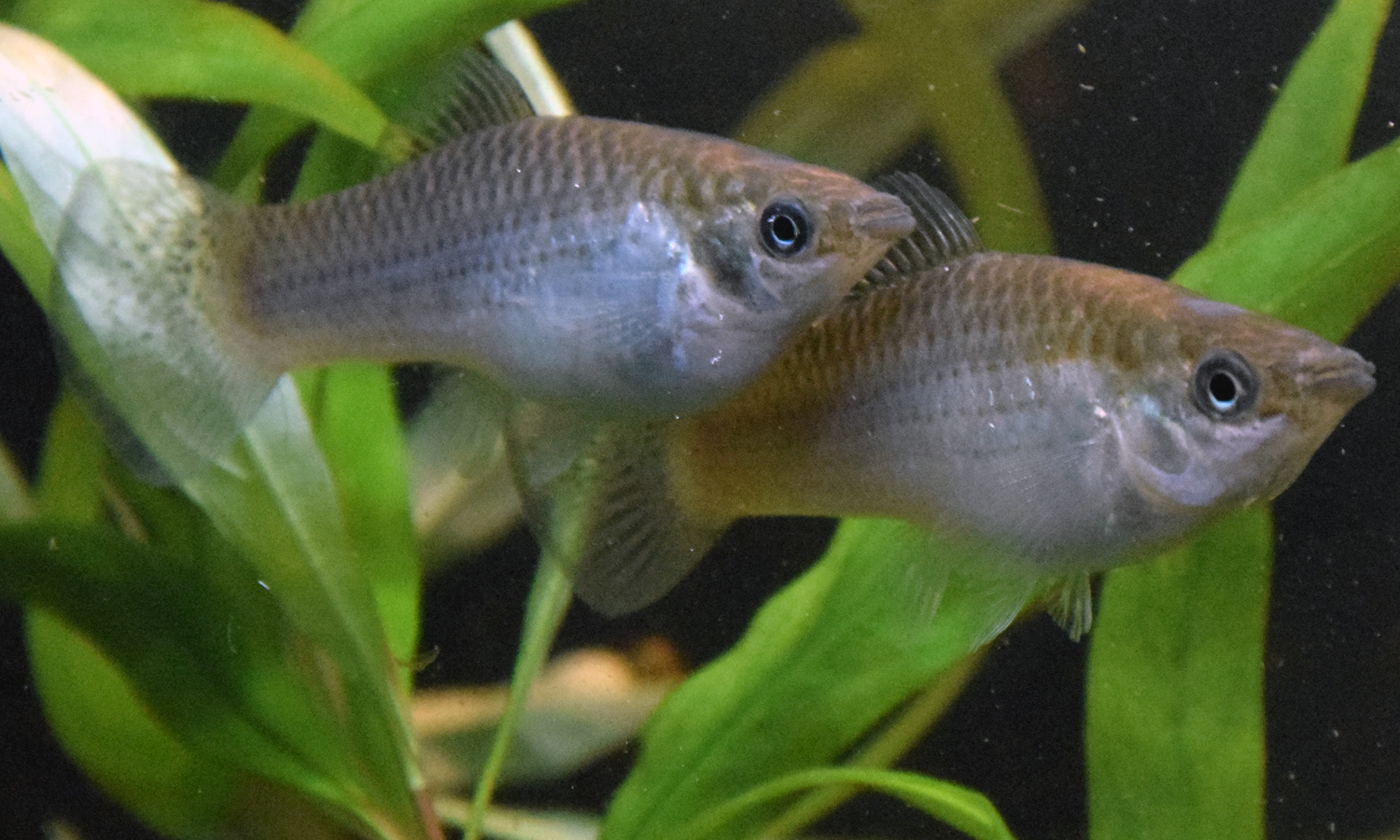SCIoI & ISAB Summer School 2023
“Embodied Intelligence – Perception and Learning in Nature and Robotics”
21–25 August 2023, Berlin
About
A long-term goal of computer science and engineering research is to build agents that can perceive the rich environment around us and interact with it.
To derive general and robust models for robot perception and interaction, a classical approach is to obtain a large amount of annotated data. This can be achieved via time-consuming manual annotations, strategies to augment and diversify existing data, or learning from simulated data. As all these approaches enhance training data in different ways, they also improve training accuracies as well as efficiency on respective datasets. However, each of them alone does not actually solve the underlying problem of data being limited – a natural criteria of data.

Goals and objectives
In this summer school at the Excellence Cluster “Science of Intelligence” in Berlin, we would like to explore alternative paths towards efficient and sustainable robot perception and learning: efficient AI for individual artificialagents and teams. Inspired by insights of biologically intelligent systems (e.g. ant colonies, fish schools, and honey bees) AI has been going through immense progress. Efforts range from discovering simple yet efficient behavioral principles that allow solving complex tasks, to novel biologically inspired technological developments, such as event-based cameras, which open novel opportunities for efficient robot perception.

We are happy to invite young researchers from around the world to discuss and study the opportunities and challenges of efficient AI at our one-week summer course in Berlin.
A week of intelligent research and cultural enrichment
The course aims to enrol 30 PhDs and PostDocs, and will provide an introduction to synthesising intelligent and efficient behavior.Throughout the week, there will be lectures by invited guest speakers and by faculty members of Science of Intelligence. Tutorials will provide summer school attendees with hands-on experience on challenges and novel insights for robot perception and learning. The scientific program will be accompanied by fun social activities in Berlin, including getting to know the city and all its cultural offers.
Application 2023 closed

Application 2023 closed
In collaboration and supported by the International Society for Adaptive Behavior.

Questions? Write to:
summerschool@scioi.de




